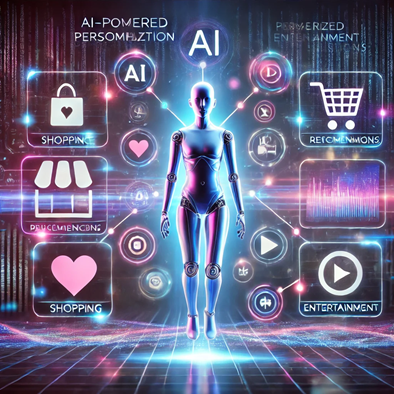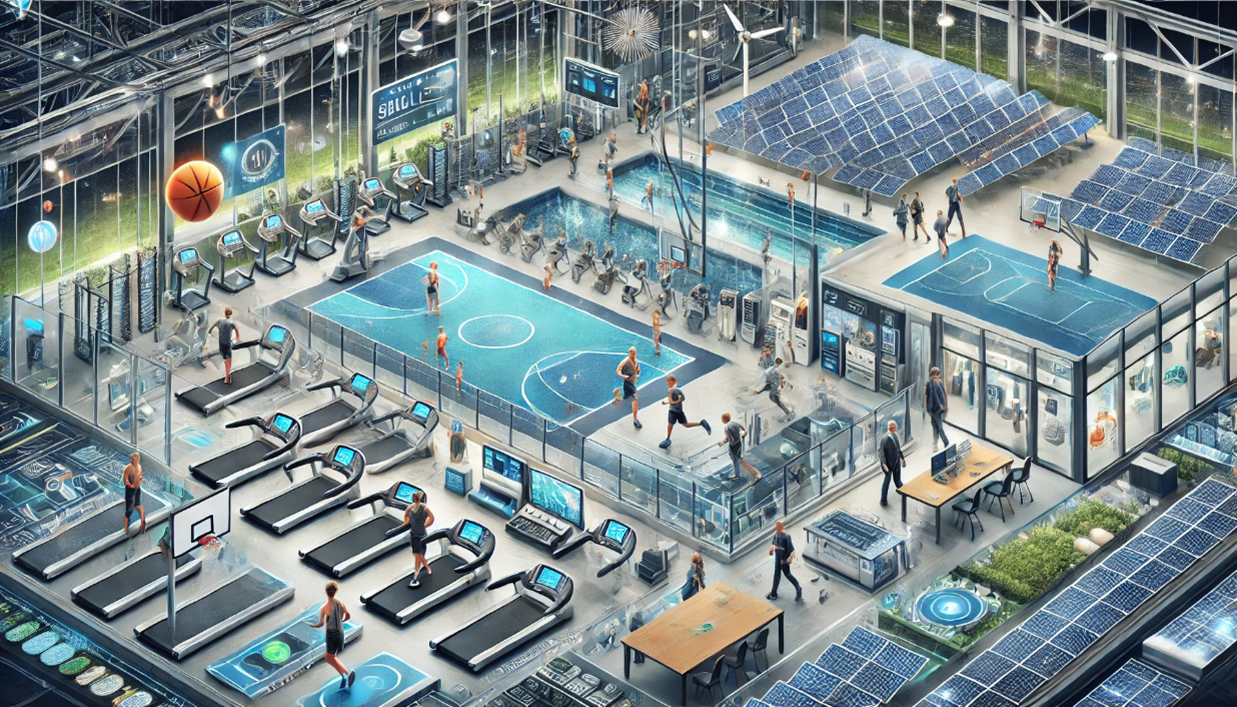How game-based learning platforms engage students and enhance understanding

How game-based learning platforms engage students and enhance understanding
by Nathaniel 03:41pm Jan 24, 2025
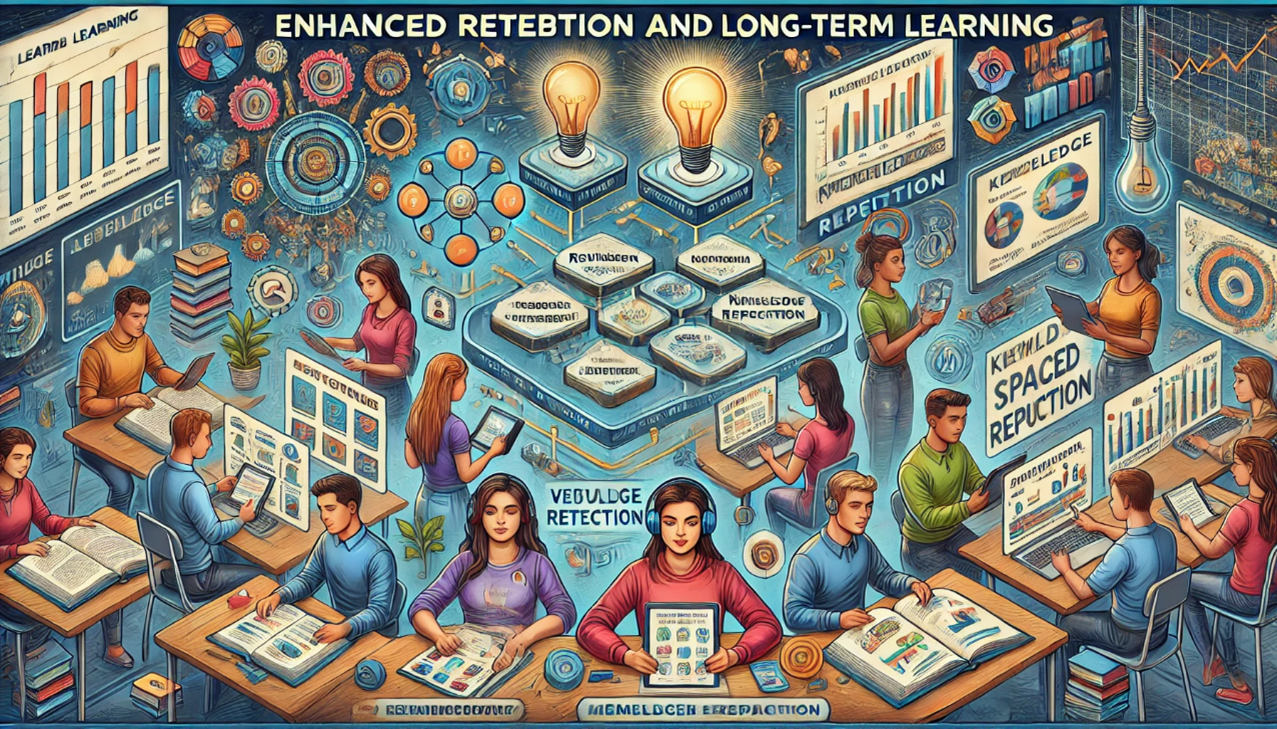
How game-based learning platforms engage students and enhance understanding
Game-based learning platforms are transforming the educational experience by engaging students in interactive, immersive, and enjoyable ways that enhance understanding and retention of knowledge. These platforms incorporate game elements, such as rewards, challenges, levels, and storytelling, into the learning process, motivating students to actively participate and deepen their understanding of academic content. Here’s how game-based learning platforms are engaging students and boosting learning outcomes:
1. Increased Engagement and Motivation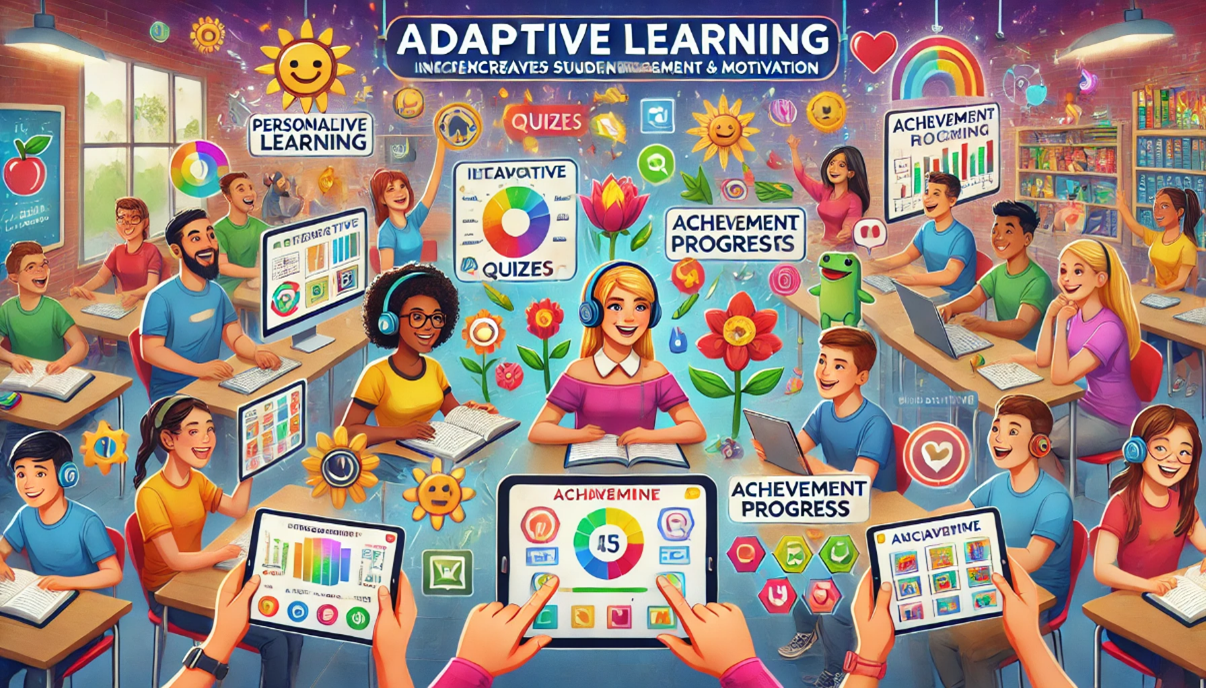
Intrinsic Motivation Through Gamification: Game-based learning uses gamification techniques, such as point systems, badges, leaderboards, and achievement levels, to make the learning process feel rewarding. This taps into students’ intrinsic motivation, encouraging them to progress, challenge themselves, and feel a sense of accomplishment as they master new concepts. For example, students might receive rewards or unlock new levels as they complete tasks or solve problems, making learning feel like an exciting challenge rather than a mundane task.
Interactive and Immersive Environments: Many game-based learning platforms create immersive, interactive environments where students are not just passive learners but active participants. Through simulation, role-playing, and virtual worlds, students can explore concepts, solve problems, and experiment with different outcomes. For instance, Minecraft Education Edition allows students to build and explore virtual worlds while learning about subjects like math, history, and science. The interactive nature of such platforms draws students in and keeps them engaged for longer periods.
2. Personalized Learning Experiences
Tailored Learning Paths: Game-based learning platforms often provide personalized experiences based on each student’s level of knowledge and progress. This can involve adaptive learning systems that adjust the difficulty of challenges, tasks, or puzzles depending on the learner’s performance.For example, if a student struggles with a particular concept, the platform might present additional resources or easier tasks before advancing to more complex ones, ensuring that each learner’s needs are met.
Choice and Autonomy:Games often allow students to make choices that affect the direction of their learning. This sense of autonomy empowers students to take control of their educational journey, make decisions based on their interests, and see the consequences of their actions in real-time. For example, educational games might allow students to select different storylines, characters, or challenges based on their preferences, which increases their involvement and commitment to the learning process.
3. Active Learning and Problem-Solving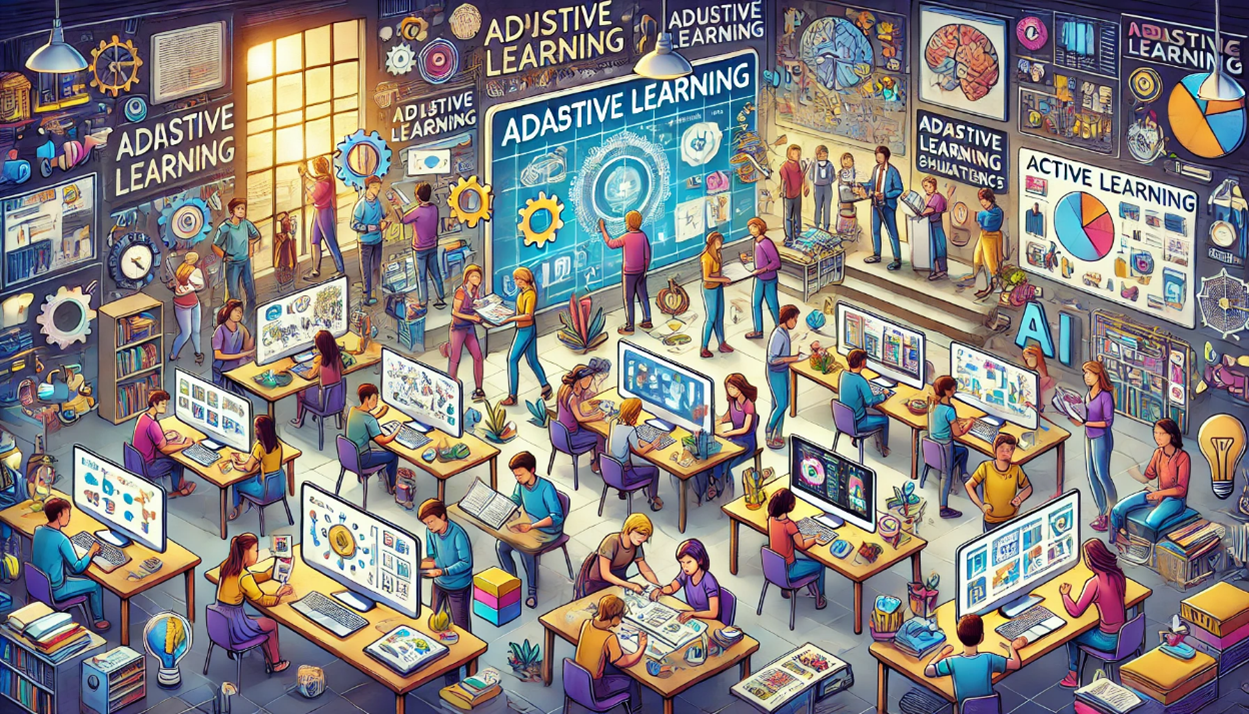
Hands-On Learning:Game-based learning platforms are designed to encourage active learning, where students “learn by doing” rather than simply listening to lectures or reading textbooks. This is achieved through simulations, interactive tasks, puzzles, and problem-solving scenarios that require students to actively engage with content. For example, in a game-based chemistry simulation, students might mix virtual chemicals to observe reactions and understand the principles behind them, fostering better comprehension through experimentation.
Critical Thinking and Decision Making: Games often present challenges that require students to think critically and make decisions that influence the outcome. This helps develop their problem-solving and decision-making skills. For instance, strategy games or simulations can ask students to solve complex problems, such as managing resources in an environmental system, designing a business plan, or planning a historical military campaign, which helps build analytical skills while making learning content more applicable to real-world scenarios.
4. Collaboration and Social Learning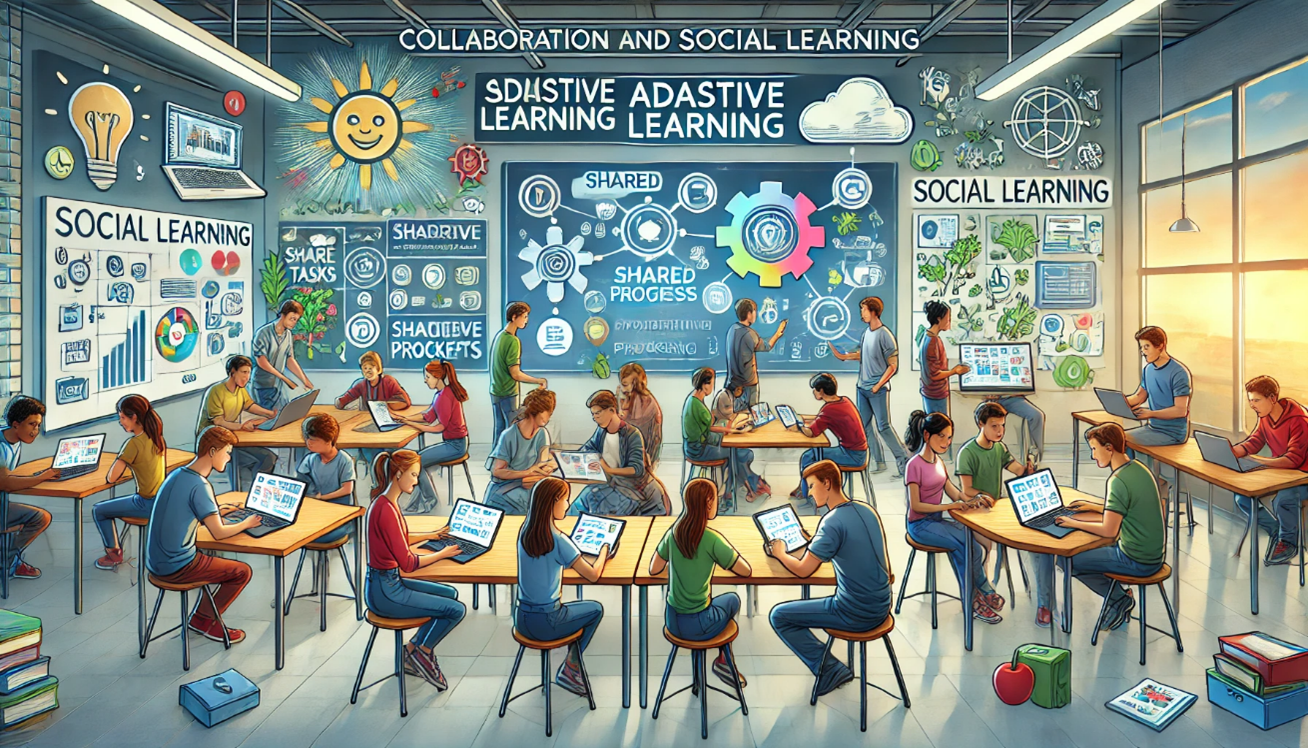
Teamwork and Communication: Many game-based learning platforms promote collaboration by encouraging students to work together in teams. Multiplayer games, group challenges, and peer feedback systems provide opportunities for students to communicate, negotiate, and solve problems as a team. This promotes teamwork, leadership, and social learning, which are essential skills in both academic and professional settings. For example, in an online educational game like Kahoot!, students often work in teams to answer quiz questions, fostering cooperative learning.
Social Interaction and Competition: Healthy competition in the form of leaderboards or group challenges can further motivate students to improve their performance. The social aspect of game-based learning, where students can compete against classmates or interact with other learners globally, adds a layer of excitement and encourages friendly rivalry. However, this competition is typically framed as a tool for growth rather than just a comparison of skills, emphasizing personal progress and improvement.
5. Instant Feedback and Assessment
Real-Time Feedback:One of the most powerful aspects of game-based learning is its ability to provide instant feedback. As students progress through challenges,the platform often gives them immediate feedback on their performance,highlighting areas where they succeeded and pointing out areas for improvement. This instantaneous response helps students learn from their mistakes and make adjustments on the fly. For example, if a student makes an error in solving a math puzzle, the game might explain the error and suggest corrective steps.
Continuous Assessment:Game-based platforms can track students’ progress over time, providing valuable data for both learners and educators. Teachers can monitor performance analytics to see where students are struggling and adjust instruction accordingly. Unlike traditional assessments, which often come after a unit is completed, games offer ongoing, formative assessment,ensuring that learning is continuously evaluated and adapted.
6. Enhanced Retention and Long-Term Learning
Repetition and Mastery: Games are designed to encourage repetition in a way that feels natural and engaging. By repeatedly practicing concepts in various contexts and through different challenges, students reinforce their understanding and improve long-term retention. For example, in a language-learning game, students may play through several levels, repeatedly encountering vocabulary and grammar rules in different scenarios, which helps solidify their knowledge.
Storytelling and Contextual Learning: Many educational games use storytelling to create an emotional connection with the material. When students are part of an engaging narrative, they are more likely to remember the content.For example, a game-based platform like Classcraft uses a fantasy-themed story to immerse students in challenges that require them to use academic skills to advance through the game, making the learning process more memorable and enjoyable.
7. Development of Soft Skills
Self-Regulation and Time Management: Game-based learning platforms encourage students to self-regulate their learning. Many games involve setting goals, managing time, and progressing through levels at their own pace, which helps develop important time management and organizational skills. In some cases,students must also prioritize tasks and manage multiple objectives simultaneously, fostering their ability to plan and execute tasks effectively.
Resilience and Perseverance: Games often include challenges that require persistence and trial-and-error to overcome. As students encounter failure and work through obstacles in a game, they develop a growth mindset, learning to view mistakes as opportunities for improvement. This resilience and perseverance are valuable life skills that extend beyond the classroom and contribute to students' ability to overcome challenges in real-world situations.
8. Fun and Enjoyment in Learning
Engagement Through Play: Ultimately, game-based learning makes learning fun.By incorporating play, which is inherently enjoyable, these platforms help students feel less stressed and more motivated to engage with content.When students are having fun, they are more likely to spend time on tasks and take the initiative to learn outside of traditional methods. This enjoyment also helps alleviate the boredom often associated with traditional educational approaches.
Conclusion
Game-based learning platforms offer a dynamic and interactive way to engage students, making learning more enjoyable, effective, and personalized. By integrating elements like gamification, instant feedback, collaborative challenges, and immersive environments, these platforms foster deeper understanding, improved retention, and the development of critical thinking and social skills. As educators and students increasingly embrace the benefits of game-based learning, these platforms will continue to evolve, offering even more opportunities to enhance the learning experience across various subjects and grade levels.





